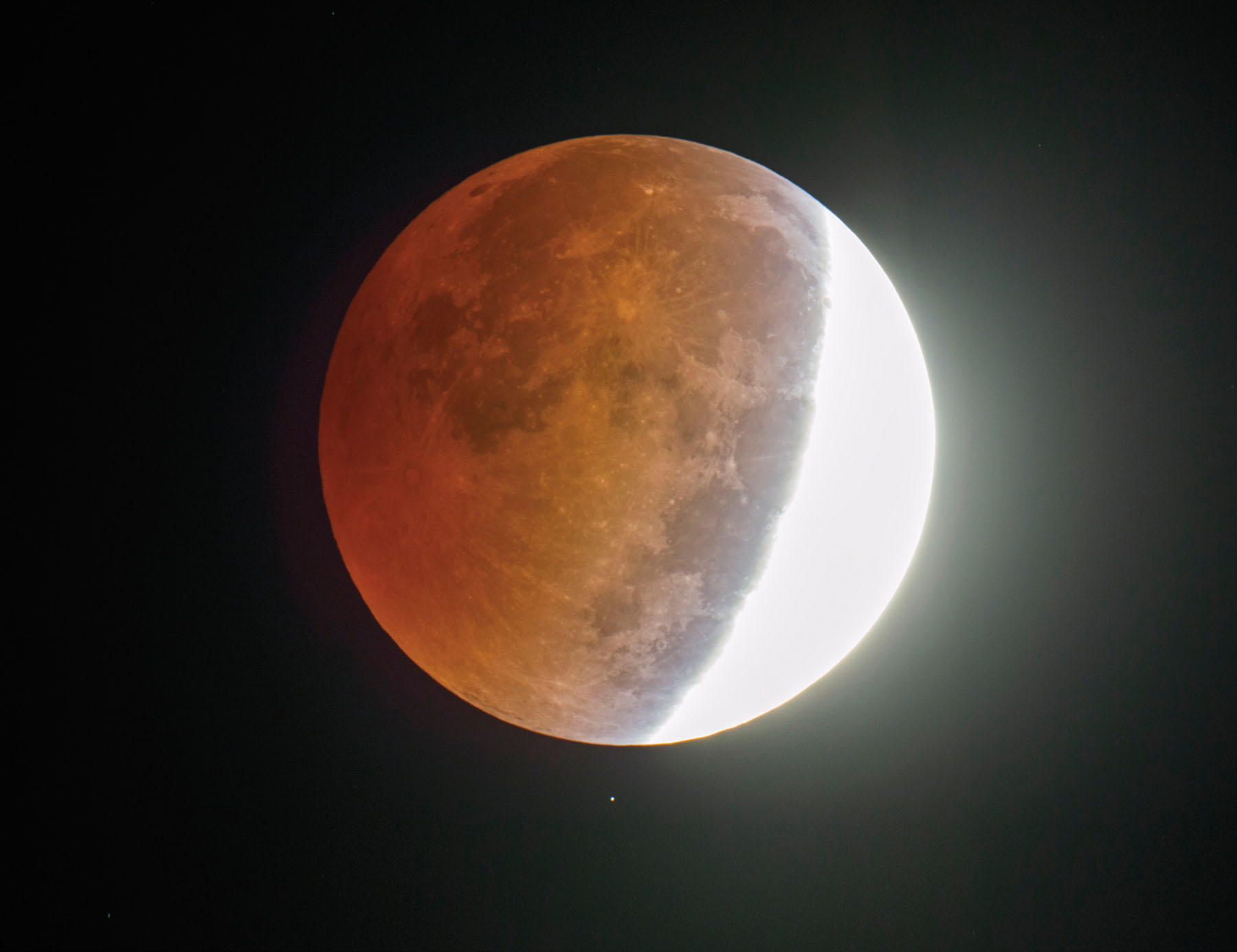A lunar eclipse is a rare and awe-inspiring celestial event that occurs when the Earth passes between the sun and the moon, casting a shadow on the moon. This phenomenon has captivated humans for centuries, with ancient civilizations developing myths and rituals around the lunar eclipse. In modern times, lunar eclipses continue to fascinate us, not only for their beauty but also for the scientific insights they provide. In this article, we will delve into the fascinating world of lunar eclipses, exploring their causes, types, and how they have been perceived throughout history. So, get ready to be amazed by the wonder of a lunar eclipse!
Unveiling the Mysteries of the Lunar Eclipse: Understanding the Celestial Phenomenon

A lunar eclipse is a fascinating celestial event that has mystified humans for centuries. It occurs when the Earth passes between the Sun and the Moon, casting a shadow over the lunar surface. This phenomenon has captivated civilizations throughout history, with many cultures developing myths and legends to explain its occurrence. However, with advancements in science and technology, we now have a better understanding of the lunar eclipse and its underlying mechanisms. In this article, we will unveil the mysteries of the lunar eclipse and explore the science behind this extraordinary event.
The Science Behind a Lunar Eclipse
To understand a lunar eclipse, we must first understand the positions and movements of the Sun, Earth, and Moon. The Earth orbits around the Sun, while the Moon orbits around the Earth. As the Moon travels around the Earth, it also reflects the Sun’s light, making it appear bright in the night sky.
During a lunar eclipse, the Earth comes between the Sun and the Moon, blocking the Sun’s light from reaching the lunar surface. This happens when the Moon is in its full phase, meaning it is directly opposite the Sun in the sky. The alignment of the Sun, Earth, and Moon must be precise for a lunar eclipse to occur, which is why it is a relatively rare event.
Types of Lunar Eclipses
There are three types of lunar eclipses: total, partial, and penumbral. A total lunar eclipse occurs when the Earth completely blocks the Sun’s light from reaching the Moon, causing the Moon to appear a dark red or orange color. This happens because some sunlight is refracted by the Earth’s atmosphere, giving the Moon a reddish hue.
A partial lunar eclipse occurs when the Earth only partially blocks the Sun’s light, causing a portion of the Moon to appear dark. Lastly, a penumbral lunar eclipse occurs when the Moon passes through the Earth’s outer shadow, known as the penumbra. In this type of eclipse, the Moon appears slightly darker but does not experience the dramatic color changes seen in a total eclipse.
The Eclipse Cycle
Lunar eclipses do not occur randomly; instead, they follow a predictable pattern known as the eclipse cycle. The Earth’s orbit around the Sun is slightly tilted, causing the Moon’s orbit to be slightly tilted as well. These tilts prevent a lunar eclipse from occurring every month. However, the Moon’s orbit does cross the Earth’s orbit twice a year, creating the potential for an eclipse.
The eclipse cycle consists of three types of cycles: the synodic month, the anomalistic month, and the draconic month. The synodic month is the time it takes for the Moon to complete one full cycle of phases, and it lasts approximately 29.5 days. The anomalistic month is the time it takes for the Moon to orbit the Earth once, and it lasts approximately 27.6 days. Lastly, the draconic month is the time it takes for the Moon to return to the same lunar node, which is the point where the Moon’s orbit crosses the Earth’s orbit, and it lasts approximately 27.2 days.
The combination of these three cycles results in a lunar eclipse occurring roughly every 6 months. However, the type of eclipse and its visibility will vary depending on the alignment of the Sun, Earth, and Moon.
Cultural Significance of Lunar Eclipses
Throughout history, lunar eclipses have held great cultural significance for various civilizations. Many ancient cultures believed that these eventsIn conclusion, witnessing a lunar eclipse is a truly unforgettable experience that allows us to connect with the wonders of our universe. As we marvel at the beauty and rarity of this celestial event, let us remember to embrace the awe and mystery of our world and continue to explore and appreciate the wonders of our cosmos. Don’t miss the next lunar eclipse and be sure to share this incredible phenomenon with others. Happy stargazing!